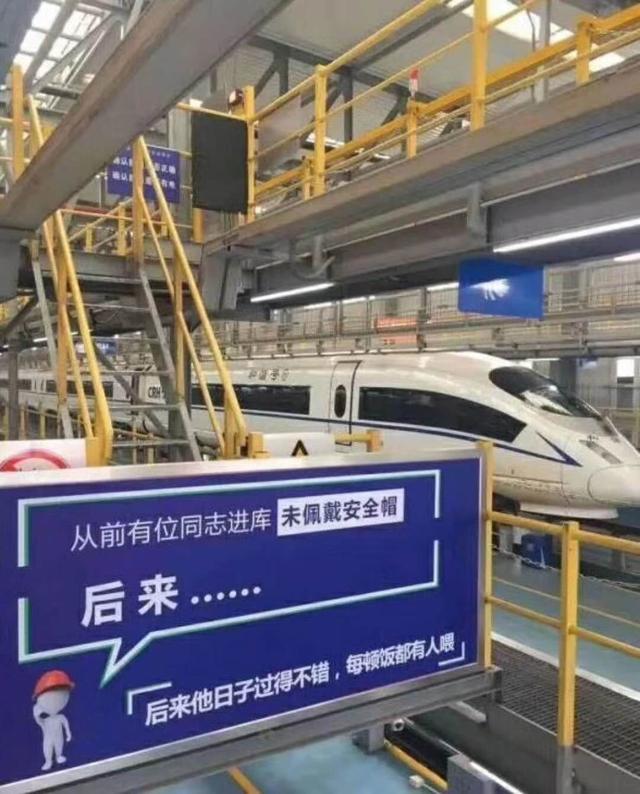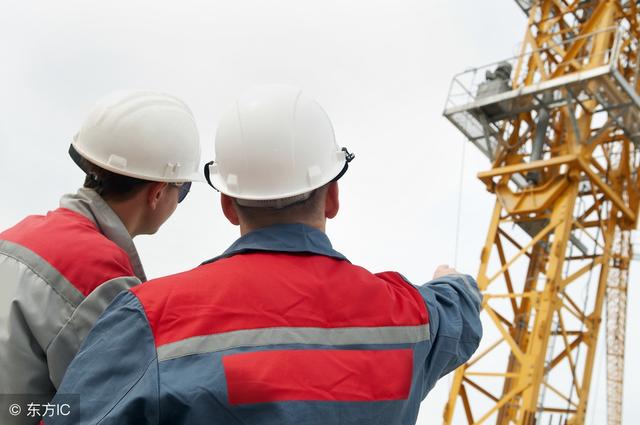A hat that protects the human head from damage caused by falling objects and other specific factors is called a safety helmet. In an instant, the impact force is first decomposed into the entire area of ​​the cranium, and then the various parts of the helmet are used - the structure of the helmet cap, the helmet cap lining, the material and the buffer structure provided (socket, reins, sutures). The elastic deformation, plastic deformation and allowable structural damage of the cushion, etc. absorb most of the impact force, so that the impact force that is finally applied to the head of the person is reduced to below 4900 N, thereby protecting the operator's head from harm. Or reduce the damage. Correctly worn Safety helmets must be worn in accordance with standards, and use must comply with regulations. If it is worn and used incorrectly, it will not provide sufficient protection. Generally should pay attention to the following matters: (1) Before wearing the helmet, adjust the rear cap adjustment belt to the proper position according to your own head type, and then fasten the elastic strap inside the cap. The elasticity of the cushioning pad is regulated by the strap. The vertical distance between the top of the head of the person and the top of the cap body is generally between 25 and 50 mm. In this way, it can be ensured that when the impact is applied, the cap body has enough space for cushioning, and it is usually beneficial to the ventilation between the head and the cap body. (2) Do not wear a hard hat or wear a brim behind your head. Otherwise, the protective effect of the helmet on the impact will be reduced. (3) The mandible strap of the helmet must be buckled under the jaw and fastened tightly. This will not be blown off by strong winds, or it will be touched by other obstacles, or the helmet will come off due to the back and forth swing of the head. (4) In addition to the cap lining inside the cap body, some of the helmet heads also have small holes for ventilation. However, do not casually open the hole for ventilation during use. This will reduce the strength of the cap. (5) Due to the safety helmet being used, it will gradually be damaged. Therefore, it is necessary to check regularly to check for cracks, dents, cracks, and wear. If abnormalities are found, they must be replaced immediately and no further use is allowed. Any severely hit, cracked hard hat, whether or not there is any damage, should be scrapped. (6) It is forbidden to use a safety helmet with only the lower jaw attached to the cap shell, ie a helmet with no buffer layer inside the cap. (7) The construction personnel shall not take off the helmet, place it aside, or use it as a cushion during the on-site operation. (8) Since the hard hat is mostly made of high-density low-pressure polyethylene plastic and has the properties of hardening and blemishes, it is not easy to expose to sunlight for a long time. (9) The new collar's helmet shall be checked first to see if there is a safety sign and a product certificate, and if it is damaged or uneven, whether the buffer layer, the adjustment belt and the elastic belt are complete and effective. Does not meet the requirements of the immediate exchange. (10) Wear safety helmets for on-site indoor work. Especially when working in the room, wear safety helmets because the helmets can not only prevent collision but also provide insulation. (11) Peacetime helmets should be kept clean and tidy, and they must not touch the fire source. Do not apply paint on the helmet. Do not sit on a stool to prevent loss. If lost or damaged, it must be replaced or replaced immediately. No helmets are allowed to enter the site. Use and storage Improper wearing can cause the helmet to be unprotected when impacted. According to relevant statistics, 15% of accidents caused by falling objects were caused by improper use of safety helmets. Therefore, you can't think that wearing a safety helmet will keep your head from harm. In the use of the process should pay attention to the following questions: 1. Before using the helmet, check the appearance of the helmet for cracks, bumps, unevenness, wear, completeness of the cap liner, and whether the structure of the cap liner is in a normal state. If there is any obvious defect affecting the performance of the helmet, etc. Should be scrapped in time so as not to affect the protective effect. 2. Users should not disassemble or add accessories on the helmet as they may affect their original protective performance. 3. The user cannot adjust the size of the cap lining freely. This will directly affect the protective performance of the helmet. Once falling impact occurs, the safety helmet will directly damage the wearer by wearing out of the helmet or touching the top after impact. 4. When wearing safety helmets, be sure to wear safety helmets and wear them firmly. Do not shake them. Be sure to fasten the chin straps and adjust the rear hoops to prevent them from falling off. 5. Don't punch holes in the helmet, don't bump the helmet, don't sit on the bench, and don't affect its strength. 6. Safety helmets that have undergone a shock or test should be scrapped and can no longer be used. 7. The helmet should not be stored in an environment contaminated with acids, alkalis or chemicals. It should not be placed in a place exposed to high temperatures, sunlight, or moisture to prevent it from aging. 8. It should be noted that helmets are used during the validity period, helmets made of planting twigs are valid for 2 years, plastic helmets are valid for 2 years and a half, glass steel (including PVA steel) and colloid helmets are valid for 3 years and a half. Safety helmets that exceed the expiration date should be scrapped. The Hydraulic Liner Hanger structures single tank and single cone, single tank and double cones, double tanks and double tanks. When a setting ball is circulated or dropped to a ball seat built into the landing coller, the applied pressure acts on the internal piston and moves the slips up to the set position. Hydraulic Liner Hanger,Oil Well Mechanical Energy,Mechanical Liner Hanger Puyang Junhong Rubber Co., Ltd. , https://www.pyjhxs.com
